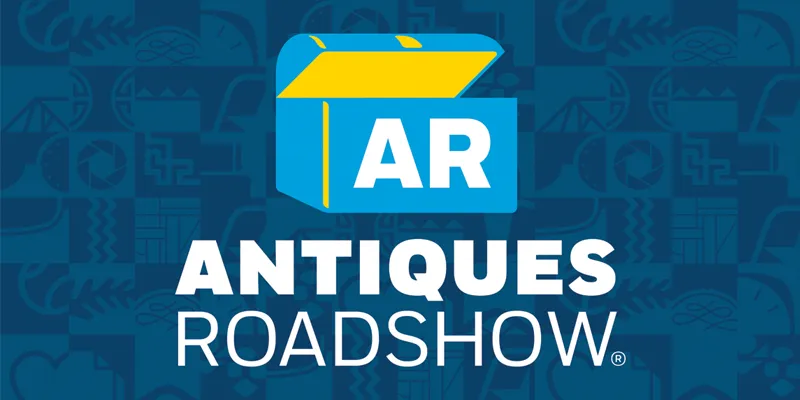GUEST: My husband bought these shoes for me at an estate sale in the New Haven area about 30 years ago. And one of the reasons why he bought the shoes for me is, was bicentennial time. My husband and I did living history, and he bought them for me so he could use them to make me a pair of 18th-century shoes.
APPRAISER: Did the shoes he make look anything like this?
GUEST: They were a lot bigger.
(both laugh)
APPRAISER: You know, they're larger than you think. I mean, when you look at this shoe, you think, "Oh, that's for a really tiny foot." But the foot actually comes out significantly over the heel...
GUEST: That's true.
APPRAISER: ...and because they're fabric, it lays flat.
GUEST: Okay.
APPRAISER: And something else that you told me was, they have a little history that comes with them?
GUEST: When I got the shoes home, we found a piece of paper...
APPRAISER: Uh-huh.
GUEST: ...that had a little history. The story, according to this little piece of paper...
APPRAISER: Mm-hmm.
GUEST: ...is that these shoes were worn by the daughter of a Mr. Cogswell, who was the collector for the port of the city of New Haven, and George Washington came to New Haven, and was anxious as to who he was going to bring to the grand ball and dance...
APPRAISER: Uh-huh.
GUEST: And he asked Mr. Cogswell if he could dance with his daughter, and, as the history says, these slippers were worn by his daughter.
APPRAISER: Well, you know, we're never gonna know if that story is true or not.
GUEST: That's true.
APPRAISER: What I can tell you about the shoes is that they're datable, and they're datable because of the heel. The way that it's shaped, and this, this shape was popular in about 1785, 1787. One of the things that was made in the United States in the 18th century were shoes, and shoes were made in Connecticut. They were made in New Haven, they were made in Bridgeport, they were made in Waterbury. They're really very simple. They have a linen lining. They're silk on the outside, and they have these flaps, and your foot slips in, and I think you know this about them-- there's not a right and a left foot.
GUEST: Right.
APPRAISER: And then they buckle like this. These buckles are not period. They're a replacement buckle, but it's pretty easy to find an 18th-century buckle to go on this shoe. And while many of the clothes that we find that survive of the 18th century are English, there's really a good chance that these are American. It's a nice thing to think about, that maybe this girl did wear them when she danced with George Washington. Now, you paid $50 for them 30 years ago.
GUEST: Right.
APPRAISER: In their present condition, the retail value of these shoes is $1,500.
GUEST: Okay.
APPRAISER: Condition is everything in the world of textiles.
GUEST: Oh.
APPRAISER: And they're really pretty beat up. If they were in perfect condition, they'd probably be worth upwards of $15,000.
GUEST: Wow.
APPRAISER: (chuckling)
GUEST: Wow.












